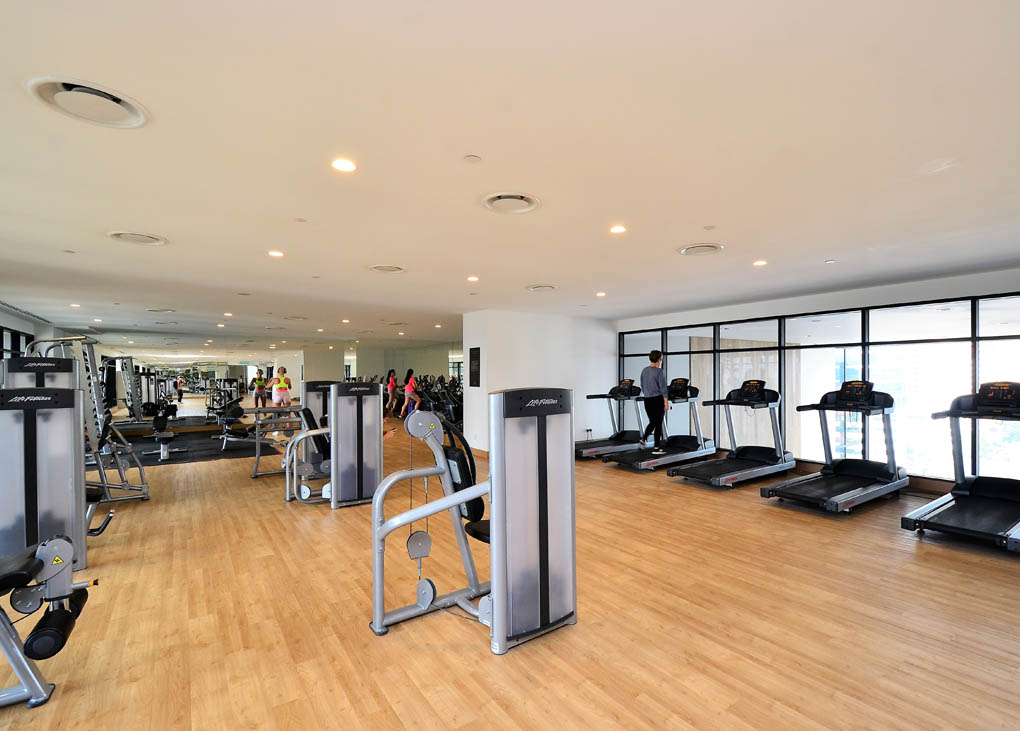Queensland University of Technology (QUT) air-quality expert Distinguished Professor Lidia Morawska is leading an international call for a “paradigm shift” in combating airborne pathogens such as COVID-19 by improving indoor ventilation systems.
Professor Morawska led a group of almost 40 researchers from 14 countries in a call published in Science for a shift in standards in ventilation requirements equal in scale to the transformation in the 1800s when cities started organising clean water supplies and centralised sewage systems.
International ventilation standards
The international group of air quality researchers has called on the World Health Organization (WHO) to extend its indoor air quality guidelines to include airborne pathogens and to recognise the need to control hazards of airborne transmission of respiratory infections.
Professor Morawska says that such standards are required to ensure air in buildings is clean, in the same way we expect for water coming out of our taps.
“For decades, the focus of architects and building engineers was on thermal comfort, odour control, perceived air quality, initial investment cost, energy use, and other performance issues, while infection control was neglected,” Professor Morawska says.
“Mandated building ventilation standards need to include higher airflow, filtration and disinfection rates. Wide use of monitors displaying the state of indoor air quality must be mandated too, because the general public currently have no way of knowing the condition of indoor spaces they occupy and share with others.”
According to Professor Morawska, ventilation systems should be demand-controlled to adjust for different room occupancies, and differing activities and breathing rates, such as exercising in a gym versus sitting in a movie theatre.
“None of this means that every indoor space should become a biosafety facility,” she says. “But a building should be designed and operated according to its purpose and activities conducted there, so that airborne infection risk stays below an acceptable level.”
A question of cost
Professor Morawska says there needs to be a shift in the perception that we could not afford the cost of control, given the global monthly harm from COVID-19 has been conservatively estimated as $1 trillion, and the cost of influenza in the US alone exceeds $11.2 billion annually.
Although detailed economic analysis is yet to be done, estimates suggest that necessary investments in building systems may be less than 1 per cent of the construction cost of a typical building.
“The cost of infections come from different pockets – building and operating costs, healthcare costs – but ultimately, society pays for all the costs so a cross-system reallocation of budgets must also be facilitated to mandate new ventilation standards,” Professor Morawska says.
“The benefits are beyond infectious disease transmission. Improved indoor air quality may reduce workplace absenteeism, ‘sick building syndrome’ and allergic reactions.”
To read the paper, click here.
 Mark Vender
Mark Vender


Leave a Reply